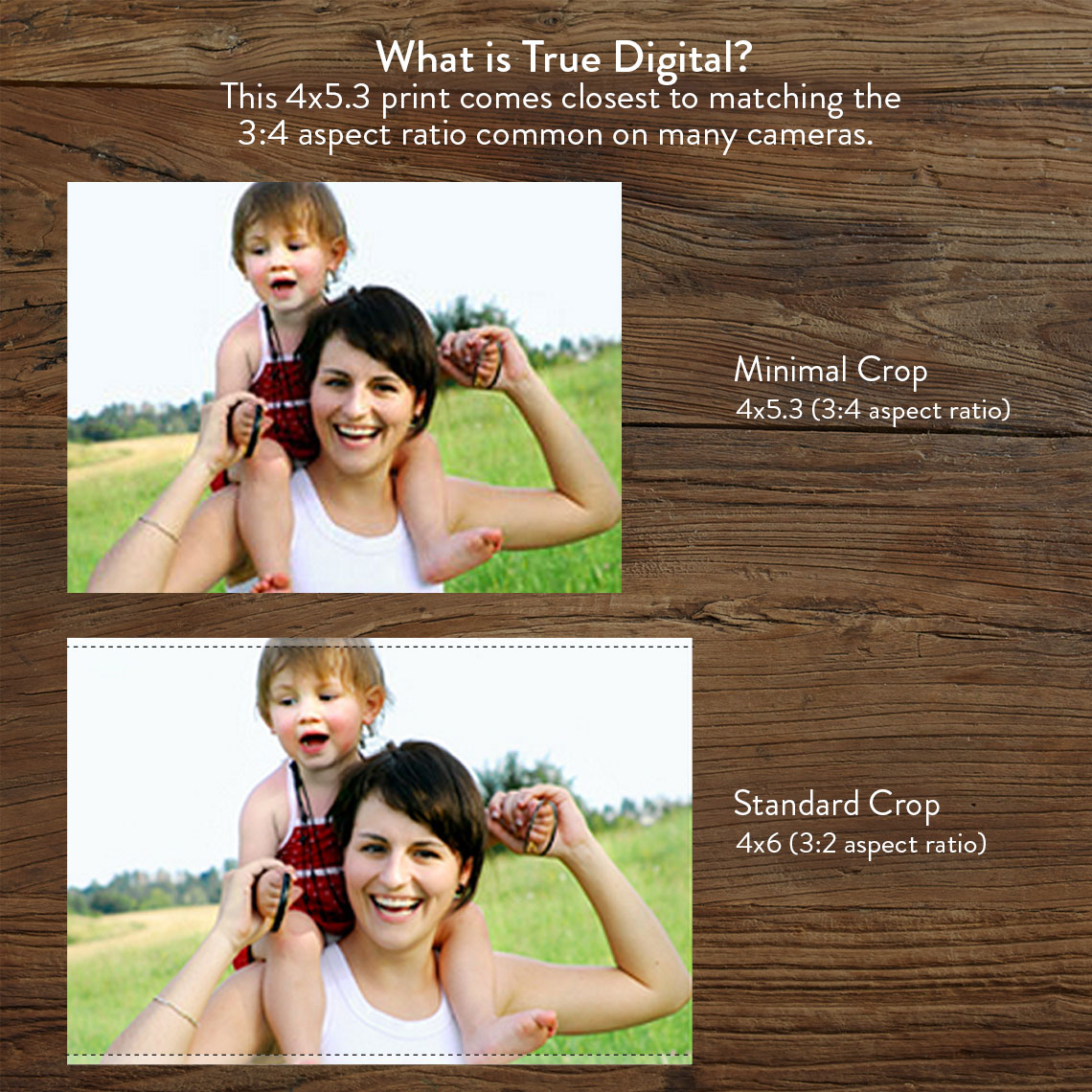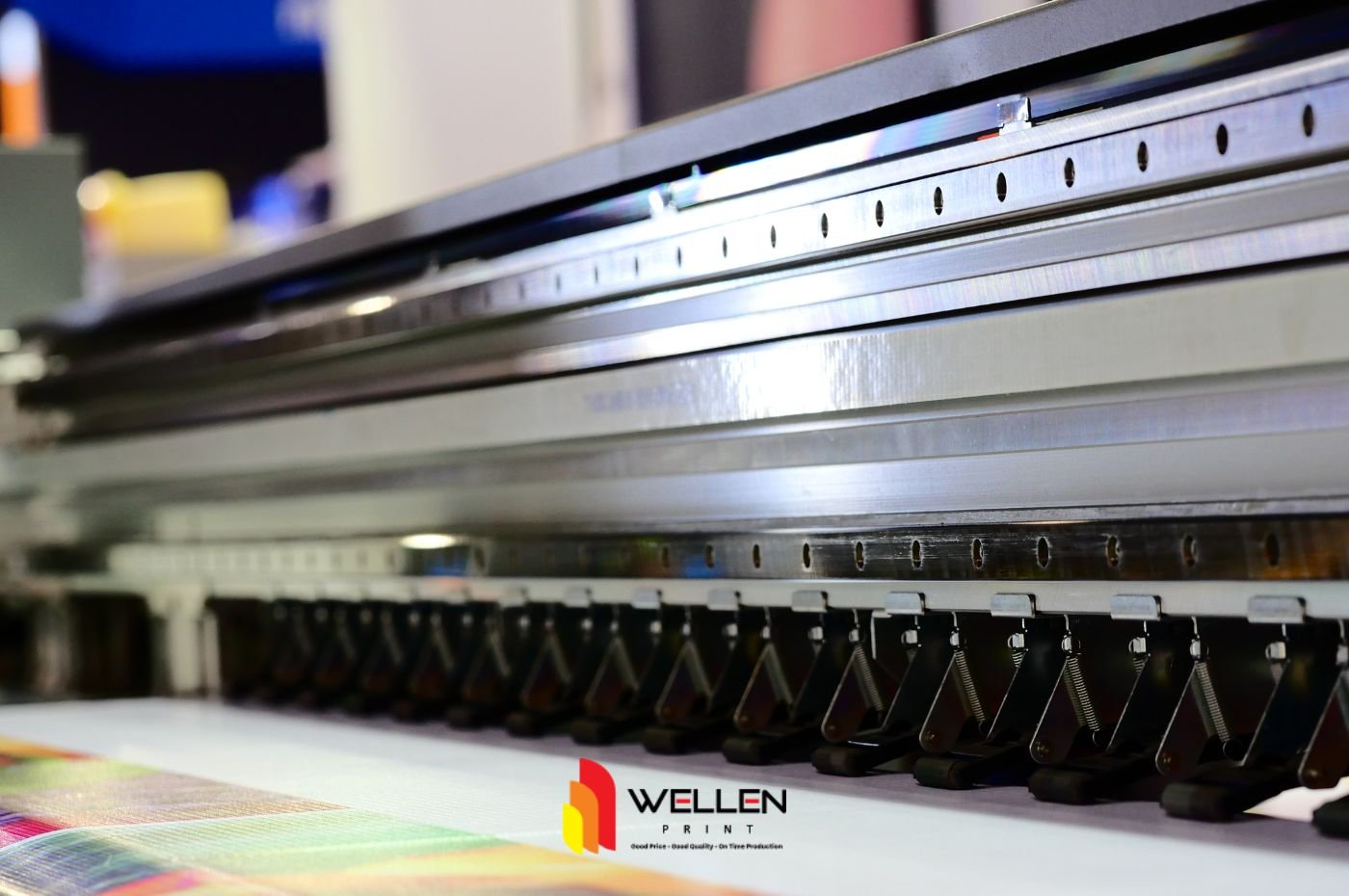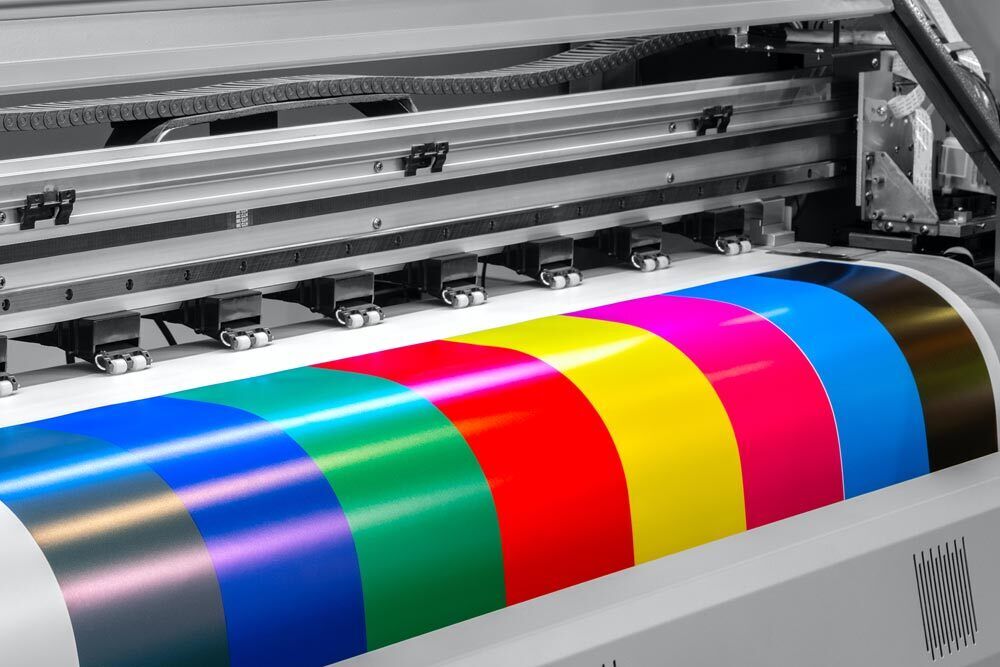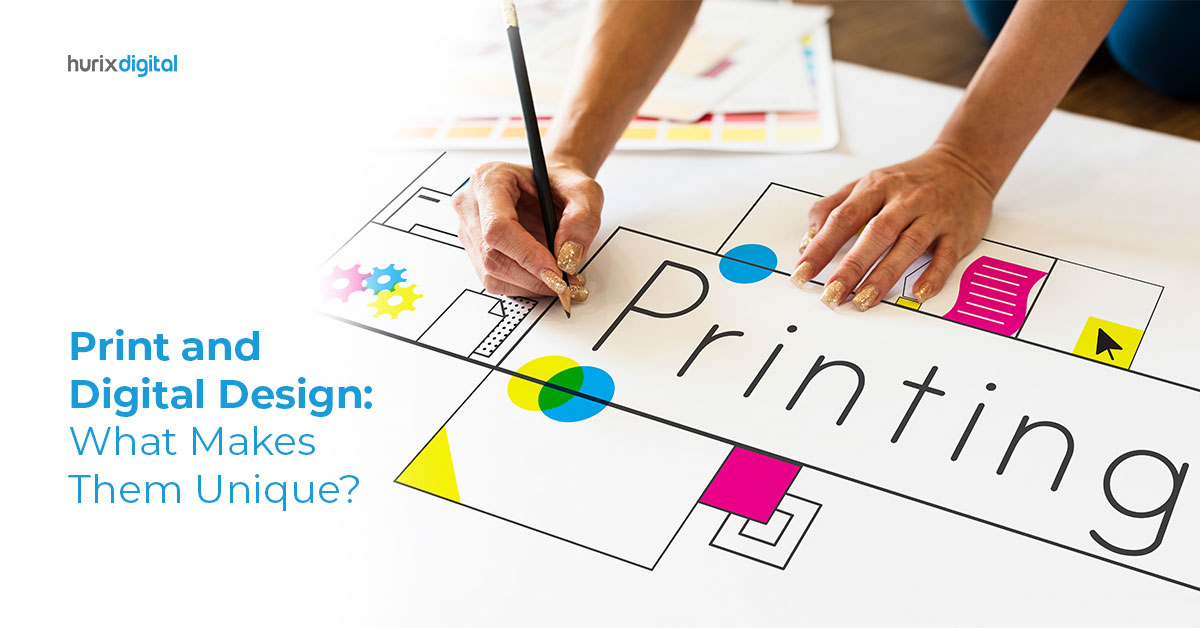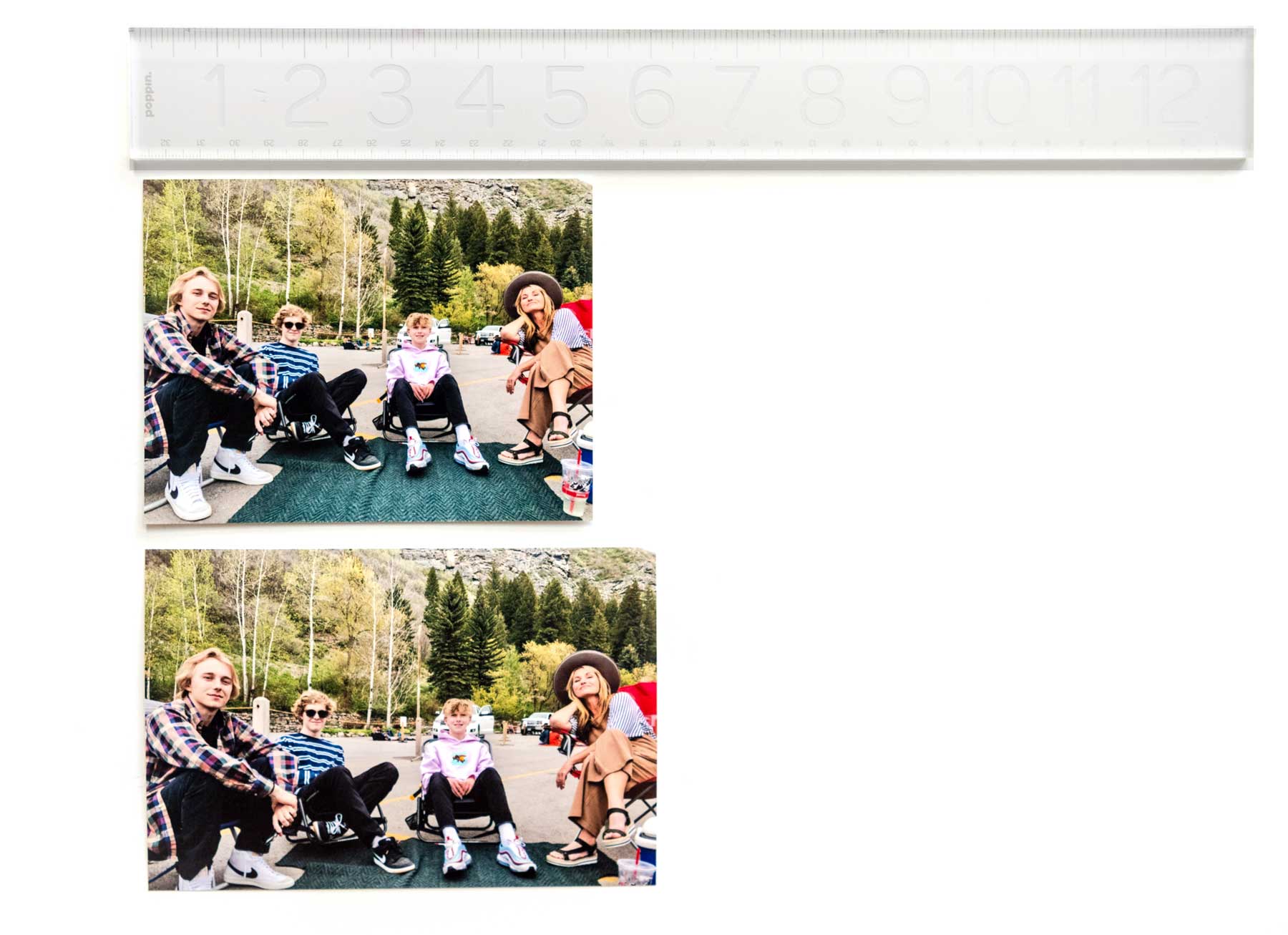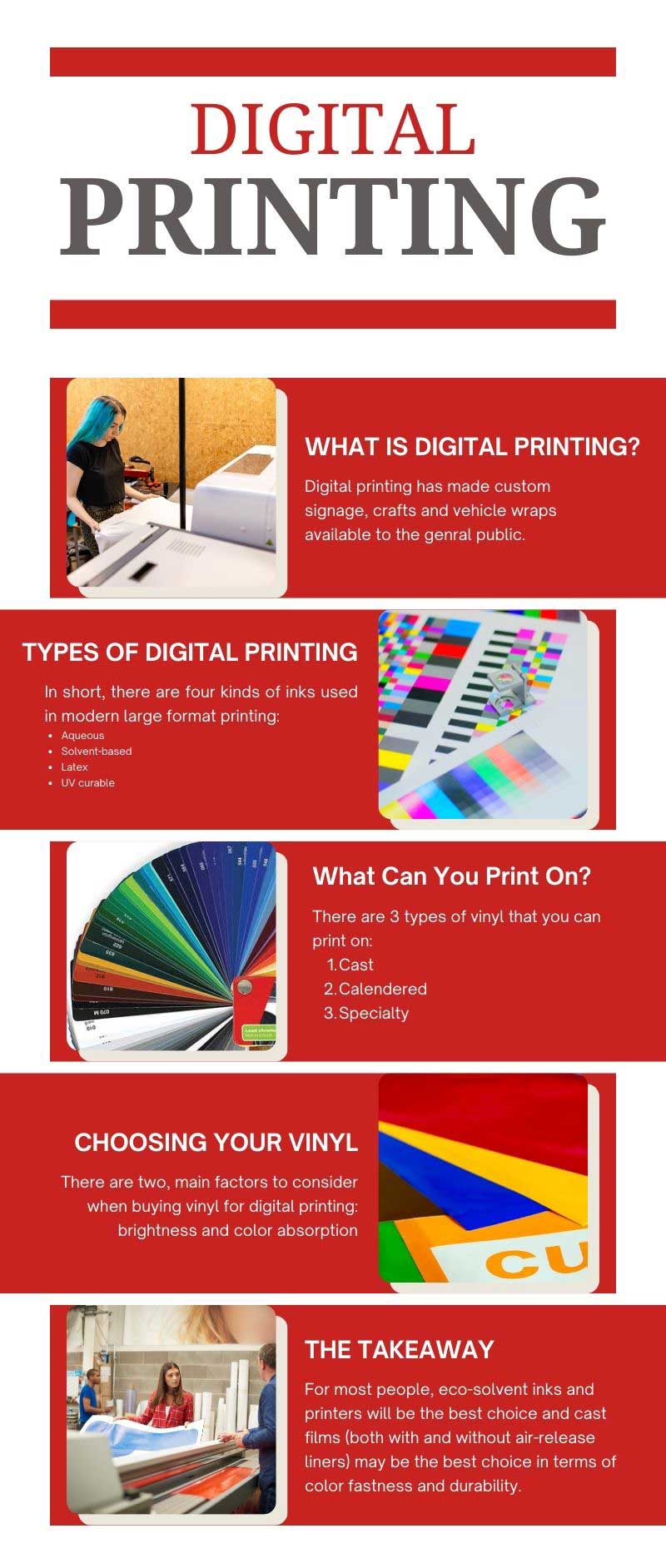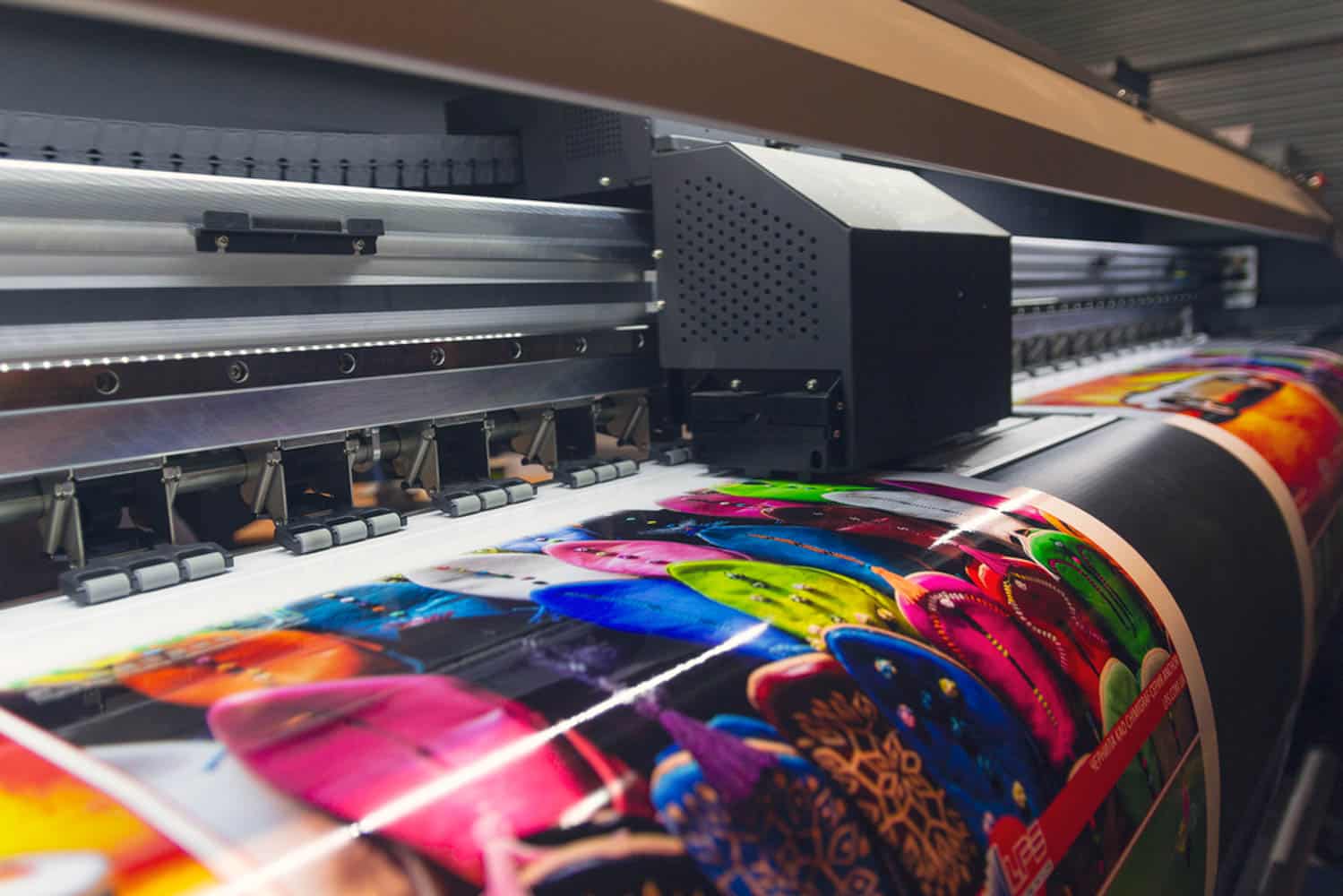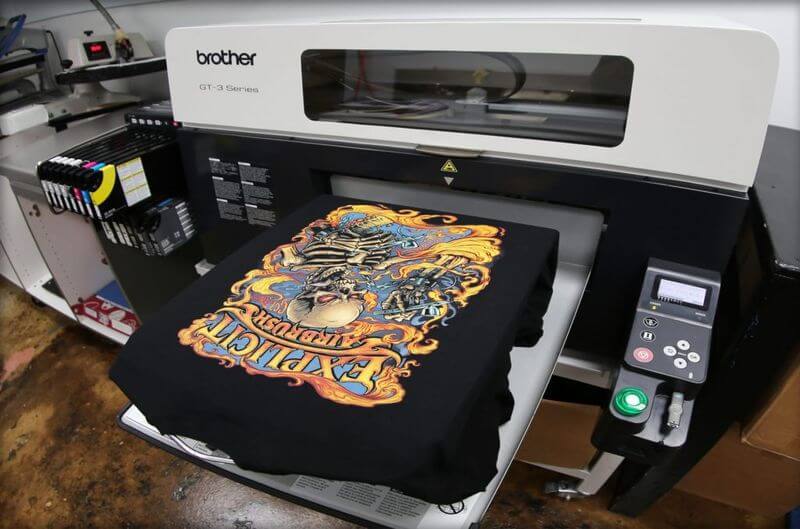What Is A True Digital Print

Imagine walking through an art gallery, bathed in the soft glow of meticulously placed lights. Each piece tells a story, whispering secrets of the artist's vision and the techniques they employed. You pause before a vibrant, seemingly flawless print, drawn in by its captivating details. But a question lingers: Is this a true digital print, a genuine expression of modern artistry, or something less?
At its heart, a true digital print is more than just an image reproduced by a digital device. It represents a careful fusion of technology and artistic intent, requiring specific processes, materials, and expertise to achieve lasting quality and faithful reproduction. Understanding the nuances that define a true digital print can help art lovers, collectors, and artists alike appreciate the value and authenticity of this evolving art form.
The Genesis of Digital Printing
The journey to digital printing began long before desktop printers became commonplace. The groundwork was laid in the latter half of the 20th century, with advancements in computer technology and inkjet printing. Early experiments focused on creating proofs and prototypes, but the quality was often lacking compared to traditional methods like lithography or screen printing.
Early digital prints lacked the vibrancy, archival qualities, and fine detail necessary to gain acceptance in the fine art world. Early inkjet printers often used dyes that faded quickly when exposed to light.
The evolution accelerated with the development of pigment-based inks, archival papers, and sophisticated color management systems. These innovations allowed artists and printers to create digital prints that could rival, and sometimes surpass, the aesthetic and longevity of traditional printmaking techniques.
Defining a True Digital Print: Key Elements
What, then, are the defining characteristics of a true digital print? The answer lies in a combination of factors related to the materials, the process, and the artistic intention behind the work.
Archival Quality: The Test of Time
One of the most critical aspects of a true digital print is its archival quality. This refers to the print's ability to resist fading, discoloration, and deterioration over time. Archival inks, specifically pigment-based inks, are essential.
Pigment inks are far more stable than dye-based inks, as pigments are solid particles that are suspended in the ink, whereas dyes are dissolved. Pigment inks offer superior resistance to light, moisture, and environmental pollutants.
The choice of paper is equally important. Archival papers are acid-free and lignin-free, preventing the paper from yellowing or becoming brittle over time. These papers are often made from cotton rag or alpha-cellulose.
The Right Tools: Printers and Inks
The printer itself plays a crucial role in the quality of a digital print. High-resolution inkjet printers with multiple ink cartridges are generally preferred. These printers allow for a wider color gamut and smoother tonal gradations.
The use of ICC profiles is also important. ICC profiles are device-specific color profiles that help to ensure accurate color reproduction across different devices. These profiles take into account the unique characteristics of the printer, the inks, and the paper being used.
Craftsmanship and Intention: The Artist's Hand
A true digital print is not simply a reproduction of a digital image. It's an artwork in its own right, often involving significant artistic input and craftsmanship. Many artists create original digital artwork using software tools or by scanning and manipulating photographs or traditional artwork.
The artist's choice of paper, ink, and printing technique contributes to the overall aesthetic and meaning of the print. Some artists may choose to create limited editions of their prints, further enhancing their value and collectibility.
Furthermore, the printing process itself may involve careful calibration and adjustments to ensure that the print accurately reflects the artist's vision. This level of attention to detail distinguishes a true digital print from a mass-produced reproduction.
The Terminology: Navigating the Landscape
The world of digital printing is filled with jargon, and it's important to understand the terminology to accurately assess the quality and authenticity of a print. Terms like "giclée," "archival pigment print," and "fine art print" are often used to describe true digital prints.
Giclée, originally a French term meaning "to spray," has become synonymous with high-quality inkjet prints made using archival inks and papers. While the term is widely used, it doesn't have a strict legal definition.
"Archival pigment print" is a more descriptive term that clearly indicates the use of archival pigment inks. "Fine art print" is a broader term that can encompass a variety of printmaking techniques, but it generally implies a high level of quality and craftsmanship.
The Significance of True Digital Prints
True digital prints have revolutionized the art world, offering artists new creative possibilities and collectors access to affordable, high-quality artwork. Digital printing has democratized the art market, allowing artists to create and sell their work directly to collectors without the need for traditional gallery representation.
The ability to create limited editions and custom sizes also makes digital prints appealing to collectors with specific needs or preferences. Digital printing also allows for the creation of large-scale prints that would be difficult or impossible to produce using traditional methods.
Data from organizations like the Fine Art Trade Guild show a growing demand for digital prints, reflecting their increasing acceptance and appreciation in the art market. The Guild sets standards for fine art printing and framing, helping to ensure the quality and authenticity of artwork.
Looking Ahead
As technology continues to evolve, so too will the art of digital printing. We can expect to see further advancements in ink technology, printing techniques, and color management systems. These advancements will likely lead to even greater levels of detail, vibrancy, and archival quality in digital prints.
New materials, such as sustainable and eco-friendly papers, are also likely to become more prevalent. Artists are also pushing the boundaries of digital printing by experimenting with mixed media and unconventional substrates.
The future of digital printing is bright, promising to further blur the lines between traditional and digital art forms. As long as artists and printers remain committed to quality, craftsmanship, and artistic integrity, true digital prints will continue to enrich our visual world.
Conclusion
So, the next time you stand before a captivating print, consider the journey it took to reach that gallery wall. A true digital print is more than just an image; it's a testament to the artist's vision, the printer's skill, and the power of technology to create lasting beauty. It’s a bridge between the digital realm and the tangible world, a celebration of creativity in the age of innovation. Take a moment to appreciate the artistry, the precision, and the enduring quality that defines a true digital print, a modern masterpiece worthy of admiration.
